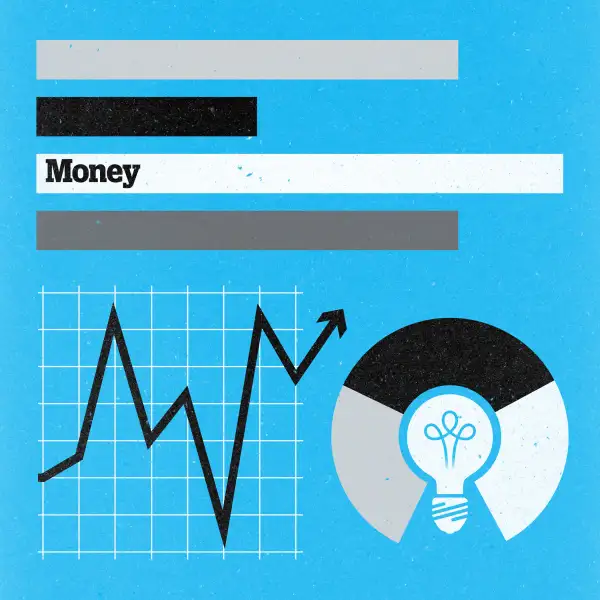Can I Ladder Bonds Using ETFs?
Money is not a client of any investment adviser featured on this page. The information provided on this page is for educational purposes only and is not intended as investment advice. Money does not offer advisory services.

Q: I’ve heard that there are bond ETF's that hold securities that mature on the same date. Can they be used to create a bond ladder?
A: Bond ladders are a time-tested tool for investors looking to lock in predictable streams of income. The idea is to buy bonds that mature at regular intervals. In a simple ladder, for instance, you might divide your fixed-income money evenly among securities maturing in, say, one, two, three, four and five years.
Not only does this approach spread your bets, it is particularly useful now that interest rates are expected to rise.
Why? Rising rates are a threat to bond investors. That's because when market rates rise, the price of older, lower-yielding bonds in your portfolio fall, eating into your total returns.
However, investors who create a ladder of bonds with different maturities need not worry about short-term fluctuations in bond prices. As long as they hold all the securities in their ladder to maturity, investors will get their fixed payments and principal back (assuming a borrower doesn’t default) no matter what rates do. What's more, as one batch of bonds comes due every year, investors will be able to reinvest that money into new, higher yielding bonds, thereby benefitting from rising rates.
“A bond ladder makes all the sense in the world right now,” says Ken Hoffman, and managing director with HighTower Advisors. “If you know what you’re doing, you can create a ladder that provides you with the interest payments and maturity that you need.”
Here’s the rub: Putting together a diversified bond ladder requires some serious dough. At a minimum, you’ll need about $10,000 to buy a single bond, and ideally you'd want more than one bond on each "rung," or maturity date. “I typically don’t recommend a bond ladder unless someone has $500,000 to invest,” says Hoffman, adding that you can construct a ladder with Treasury, corporate, municipal bonds, and so on.
Why not turn to bond funds? Regular bond funds own hundreds of different securities that mature at different dates and that aren't necessarily meant to be held to maturity. Therefore, it's impossible to ladder with regular funds.
This is where exchanged-traded funds that hold bonds with the same maturity come in. Two big ETF providers, Guggenheim and BlackRock’s iShares, now offer so-called defined-maturity or target-date ETFs that can be used to build a bond ladder using Treasury, corporate, high-yield or municipal bonds.
Like traditional ETFs, they charge low expense ratios, hold a basket of securities, and trade like stocks. What makes them unique is that the portfolios are made of up a diversified group of bonds maturing at the same time. When those underlying securities come due, target-maturity ETFs liquidate and distribute their assets back to shareholders — much like an individual bond would.
Using Guggenheim BulletShares, for example, you could build a corporate bond ladder with 10 funds maturing every year from 2015 through 2024.
ETFs aren’t a perfect proxy. The coupon rate — or regular interest payment — and the final distribution rate aren’t nearly as predictable as they are with individual bonds. Still, for investors who want the benefits of a ladder but with more liquidity, more diversification, and lower minimums, they’re worth a closer look.
Do you have a personal finance question for our experts? Write toAskTheExpert@moneymail.com.